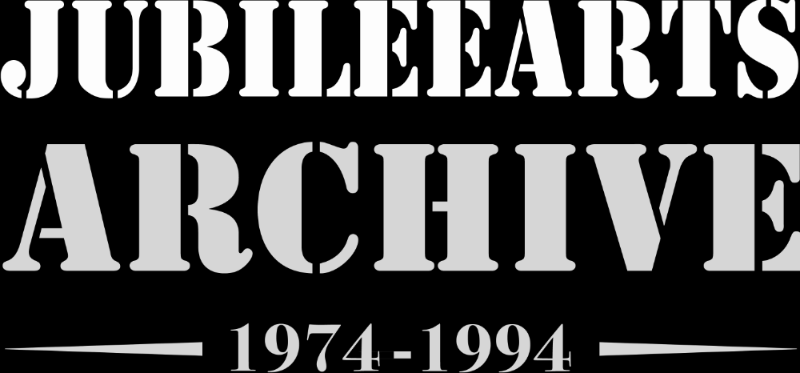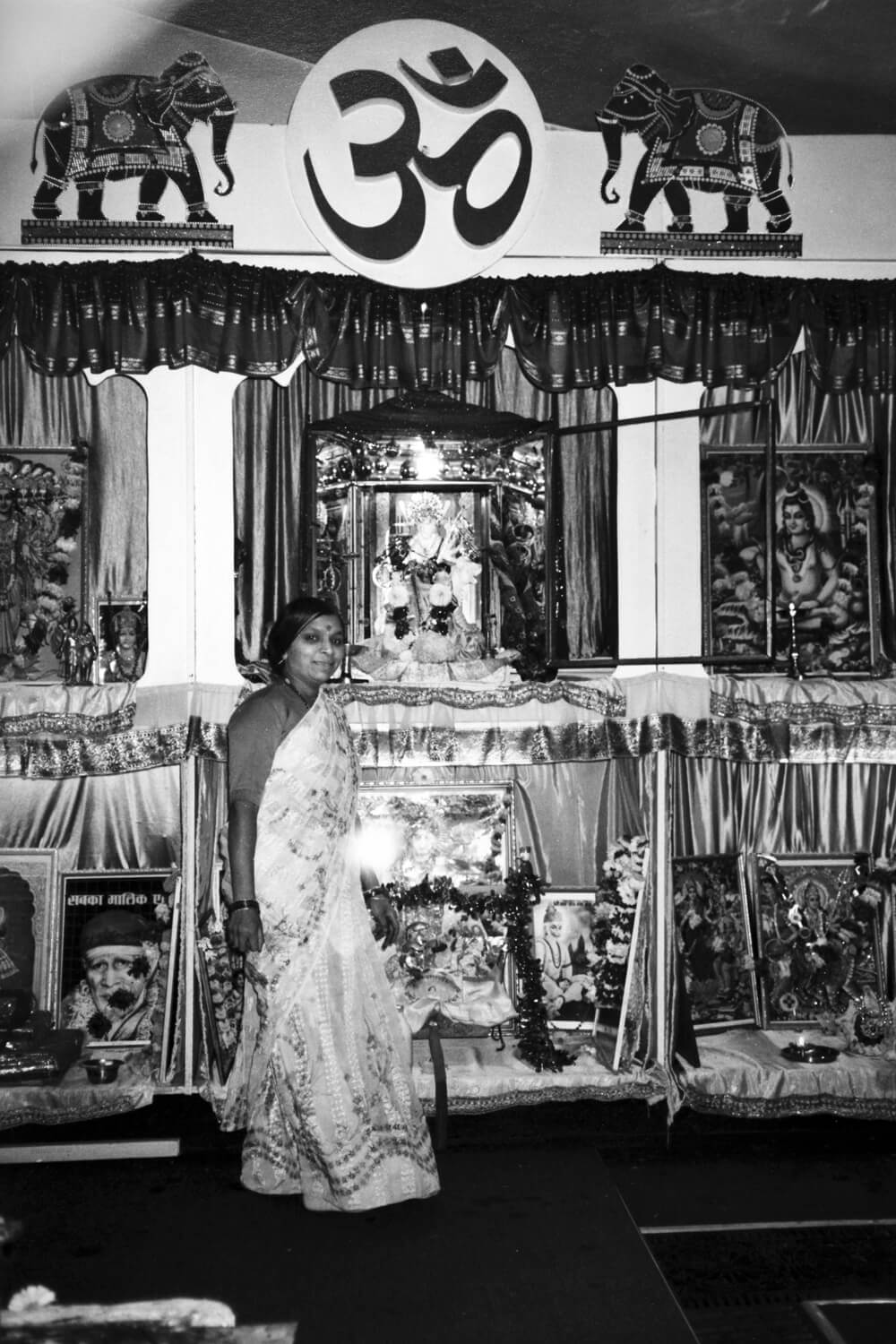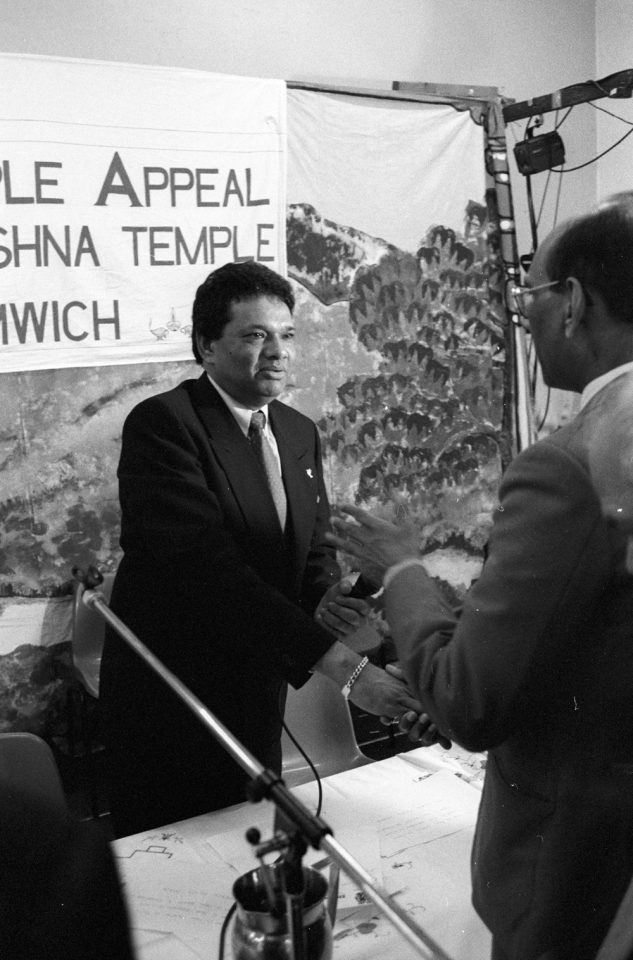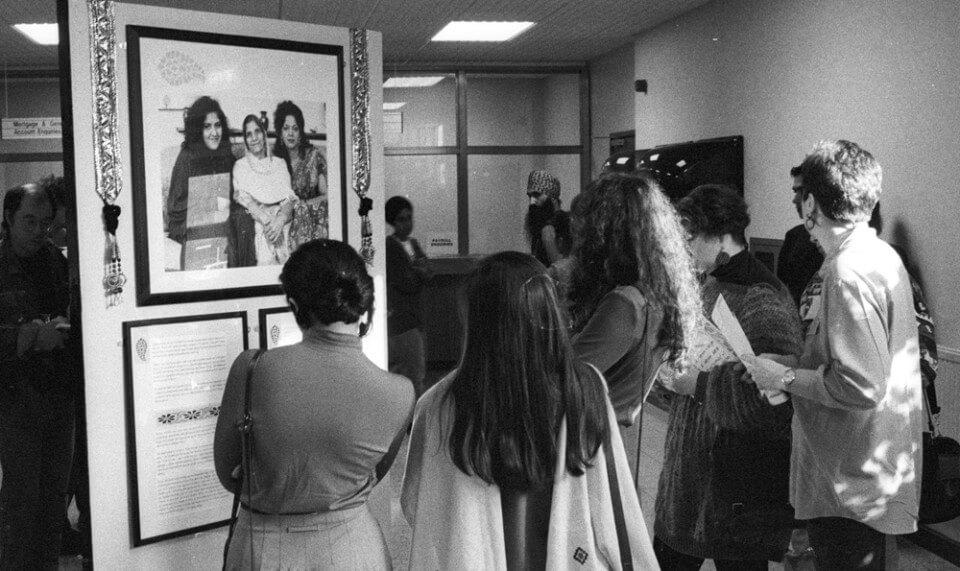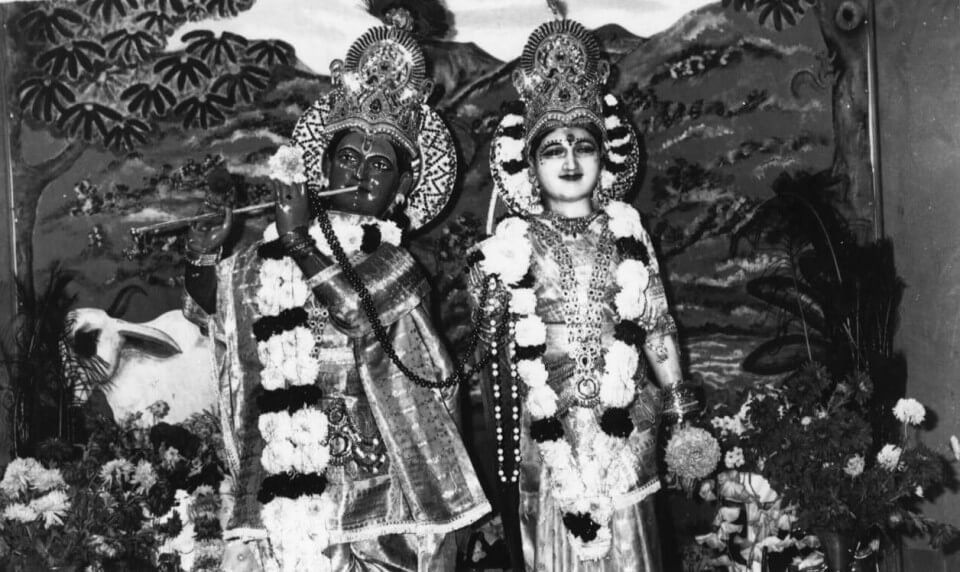In December 1992, quickly following the destruction of the Ayodhya mosque in Northern India by Hindu extremists, there were a series of attacks on Hindu places of worship in the UK. In the worst attack, the Shree Krishna Hindu temple in Black Lake, West Bromwich, was completely gutted by fire. Temples in Coventry, Derby, Birmingham, Bolton, and Bradford were also attacked. While it was believed that right wing extremists were attempting to stir up trouble between the Hindu and Muslim communities – two white men seen running away from the site of one attack – no culprits were ever caught. In Sandwell, fire broke out on the premises in Old Meeting Street around 3 am and more than 70 firefighters and 10 fire appliances fought the blaze.
The Imams and Mosques’ Council condemned ‘the barbarous, sacrilegious attacks’ on the mosque in Ayodhya and urged Muslims and Hindus in Britain to stand together. ‘We do not help the people of India, neither Hindu nor Muslim, by transferring their trouble to Great Britain,’ they said at the time. In Sandwell, the community stood together and there was no intercommunal violence or reprisals. Many people ascribed this to the good work of the local community relations council, which had first been formed in Smethwick in the 1960s in direct response to the racial discrimination in the area, some of which was typified by the infamous slogan of the 1964 election campaign, ‘If you want a nigger for a neighbour, vote Labour’ – when Conservative Peter Griffiths was elected, then to be beaten by Labour’s Andrew Faulds in the election two years later.
The building at Black Lake was formerly the Ebenezer Congregational Chapel, which had closed in 1971, and was reopened as a Mandir in 1974. Amazingly, despite the destruction caused by the arson attack, the deities of Shree Radha and Krishna remained untouched by the blaze. As a participant of the ‘Sandwell in Black & White’ project in 1990, Bob Patel, who later became temple president, had chosen this photograph of this wife standing with them to be included in the final exhibition.
In January 1993, the Temple launched an appeal for funds to rebuild the temple and did some sterling work in promotion using Jubilee’s desk-top publishing resources. Eventually the congregation decided to build a brand new temple on adjacent land on the principles of Vastu Shastra, working with craftsman and stone from India. The work was slowly and painstaking, as the building was pieced together over the next 18 years, as and when donations permitted. It was finally completed in 2010, after raising £1.6 million pounds. It is indeed a Wonder of West Bromwich, and the deities remain in their holy place.
